In this article:
It should not come as a surprise to hear that anxiety and panic attacks are at an all-time high. People are living under quarantine, with an ever-mutating virus that creates a host of unwanted and potentially fatal health complications.
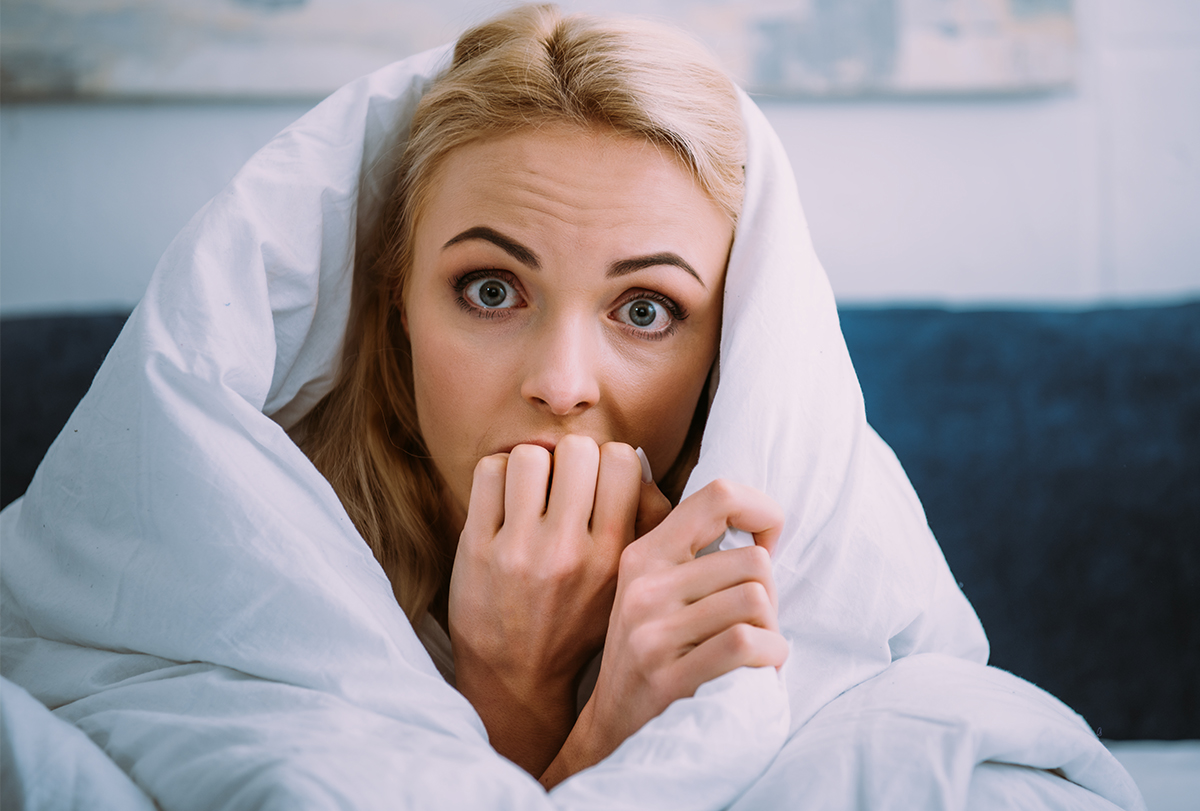
But you do not have to allow these uncertain times overwhelm you. You can control your anxiety and panic attacks, and right now is perhaps the most important time to learn how to manage and cope with this distress.
Difference Between Anxiety and a Panic Attack
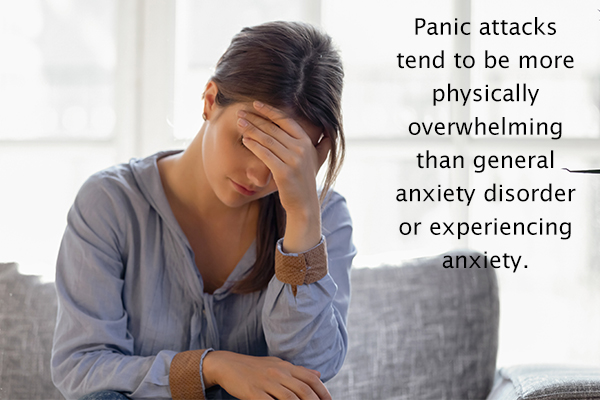
Anxiety is often a fearful and worrisome projection of the future that results from failing to be fully grounded in the present moment.
While it is normal for anyone to experience some degree of anxiety in his or her life, having excessive anxiety can become overwhelming and may lead to the development of a mental disorder. (1)
The Diagnostic and Statistical Manual of Mental Disorders, Fifth Edition (DSM-5), a manual that helps clinicians diagnose mental disorders, defines general anxiety disorder as excessive anxiety or worrying that distressingly impairs normal life activities for a period of 6 months or longer and is characterized by at least three of the following symptoms:
- Feeling restless or on edge
- Irritability
- Having stiff and sore muscles, most commonly around the neck and shoulders
- Difficulty concentrating or feeling brain fog
- Problems with sleep – either difficulty falling and staying asleep or having unsatisfying sleep
- Feeling easily fatigued
Panic attacks tend to be more physically overwhelming than general anxiety disorder or experiencing anxiety, although people who experience anxiety or who have other mental disorders can also experience panic attacks.
The DSM-5 (2) defines a panic attack as an extremely stressful and fearful short-term (around 4 minutes) event that is characterized by at least four of the following symptoms:
- Sweating
- Heart palpitations or accelerated heart rate
- Trembling or shaking muscles
- Shortness of breath
- A sensation of choking
- Chest pain
- Nausea
- A feeling of disconnect from reality (derealization) or extreme detachment (depersonalization)
- A feeling or fear of loss of control like you are “going crazy”
- Muscle numbness
- Chills or hot flashes
ALSO READ: Physical Effects of Anxiety and Treatment Options
What Causes Panic Attacks and Anxiety?
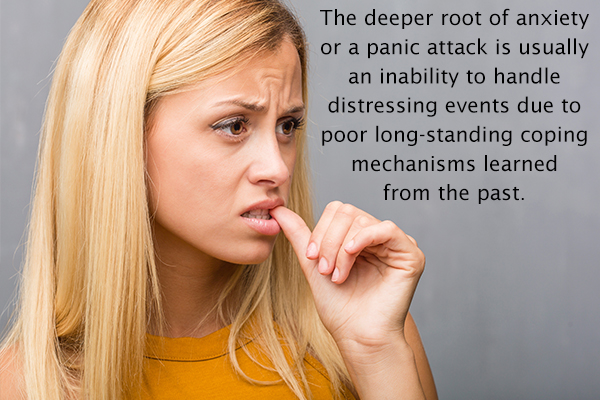
First and foremost, either anxiety or a panic attack may arise as a consequence of an underlying medical condition.
It is very important to see a medical professional when you experience either in order to rule out potential medical reasons for these disorders and to learn how to control them.
In general, most panic attacks are a distressing result of the activation of the sympathetic nervous system. When you are stressed, the sympathetic nervous system senses an oncoming danger and kicks into overdrive.
Often, the deeper root of anxiety or a panic attack is usually an inability to handle distressing events due to poor long-standing coping mechanisms learned from the past.
You tend to develop your methods of coping from modeling those of your parents and family members. For example, if you saw your parents cope with anxiety by numbing themselves with alcohol or sedatives, you too may adopt the same poor coping mechanisms as an adult.
Or you may tend to repeat the methods of coping from your childhood when you either bore witness to or experienced dysfunctional childhood dynamics.
For instance, when you were a child, you may have hidden in a closet and cried when witnessing abuse or discord in the home, and you may continue to break down and use avoidance when things become distressing as an adult.
While panic and high levels of anxiety over time can lead to more chronic health conditions, these disorders can be managed through the application of effective coping mechanisms. And the good news is that it is never too late to learn these skills.
Treatments and Therapies for Anxiety and Panic Attacks
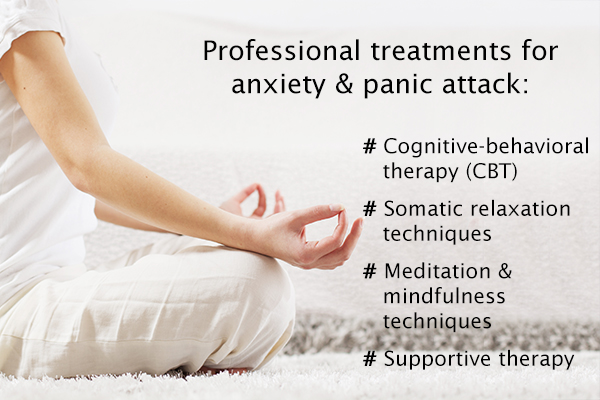
There are many different types of treatments for anxiety and panic and you can try all or some of these treatments that are offered by mental health professionals:
1. Cognitive-behavioral therapy
Cognitive-behavioral therapy (CBT) was developed by Aaron T. Beck in the 1960s and is used to help a variety of mental disorders such as depression, anxiety, eating disorders, obsessive-compulsive disorder (OCD), and others.
CBT focuses on understanding how your thoughts affect your feelings, which subsequently dictate your behaviors. (3) For example, you could think, “We are all going to die,” which makes you experience feelings of anxiety or panic, which then causes you to hyperventilate, become tense, lose sleep, or have a panic attack.
With CBT, you can learn how to change that thought to something healthier such as “I am safe right now,” which helps you to feel calmer and allows you to stop for a moment to take some deep breaths.
2. Somatic relaxation techniques
Somatic relaxation techniques can help you learn how to control your body and breathing so you can activate your parasympathetic, or “rest and digest,” nervous system, the opposite of your sympathetic, or “fight-flight-or freeze,” system.
When you learn progressive muscle relaxation, for example, you take your body through a series of systematic exercises that first tense and then relax your muscles, leading to an overall feeling of relaxation. This technique has shown to be highly effective in reducing anxiety, depression, and stress. (4)
You can also use guided imagery to take you through a relaxing and safety-inducing daydream to achieve the same purpose.
3. Meditation and mindfulness techniques
Meditation and mindfulness techniques can also be taught by a trained professional, so you can learn ways to manage anxiety and panic in the moment.
For example, a professional can guide you through a relaxing meditation or help ground you in the present moment by evoking a mindful awareness of all of your senses to help you realize that the present moment is safe and free of danger.
4. Supportive therapy
Supportive therapy can also help you understand the way you developed your coping mechanisms and allow you to make connections between the ways in which your family and peers shaped your present coping mechanisms in order to find healthier and more adaptive ways to manage stress and anxiety.
Self-Care Tips to Manage Anxiety at Home

While seeing a mental health professional can be a safe way to learn coping skills, there is plenty you can do at home right now to mitigate the effects of anxiety and panic.
In addition to being a professional psychologist, I am also a fitness expert and registered dietitian. I often recommend the following interventions to my patients for stress management at home:
1. Exercise
Many forms of exercise are beneficial and have shown effectiveness in reducing anxiety and panic (5) but some forms of exercise can increase these symptoms. It is always important to consult a medical professional to get the recommendations that are right for you.
In general, restorative exercises such as yoga and Pilates can be a wonderful way to reduce your stress, as demonstrated by a study on the immediate healthful effects of a session of Pilates on anxiety. (6) Both exercise forms rely on becoming aware of and incorporating your breathing into each exercise or pose.
When you practice this type of breathing while strengthening and stretching your muscles, you can experience many of the healthful stress-relieving properties your body longs for.
2. Diet
The type of food you consume is vital not only for your physical but for your mental health as well. (7) I tend to stress that lifestyle changes can be the best way to achieve overall health.
Studies have shown that diets that are inflammatory and include high-fat, processed items are detrimental to your gut microbiome and can increase anxiety and depression. (8)
I recommend you change your overall eating style to an anti-inflammatory diet such as the Mediterranean diet. This type of diet focuses on the consumption of:
- Healthy fats such as omega-3 fatty acids from fish and olive oils.
- Healthy nut and legume consumption, which is often linked to positive mental and cognitive health.
- Plenty of fresh fruits and vegetables. Studies have shown that when you “eat a rainbow” of colorful fruits and vegetables, you are supplying your body with the nutrients you need for physical and mental health. (9)
- Lower-fat proteins such as fish and chicken, in relatively smaller quantities to the Western style of eating. Studies have shown that heavy and high-fat meat consumption contributes to increased visceral fat (fat found at the waistline) and increased susceptibility to developing type 2 diabetes mellitus, both of which lead to poorer mental and physical health. (10)
3. Meditation
I may sound like a broken record because I am always promoting meditation as my go-to at home anxiety remedy. I started meditating almost 10 years ago because I could not handle the stress and anxiety of starting my graduate school career.
I knew that I needed to find some way that I could tune into my breathing and body in a way that was restorative and would provide me a long-term strategy to handle stress.
I recommend finding your own path to meditation, as some forms can feel constricting or too difficult to maintain, and see what works for you. Personally, I found a piece of meditation music that was peaceful and inspiring that I meditate to while lying in a prone position.
You can meditate while walking, sitting, or lying down. You can repeat mantras, focus on loving-kindness, or concentrate on your breath. Whichever form you choose, you will find that there are so many benefits to meditation. (11) Some, but certainly not all, of the benefits are:
- Increased ability to multitask
- Increased empathy and compassion
- Increased ability to manage stress
- Better overall physical and mental health
- Increased ability to manage emotions
Is There a Permanent “Cure” for Anxiety and Panic Attacks?
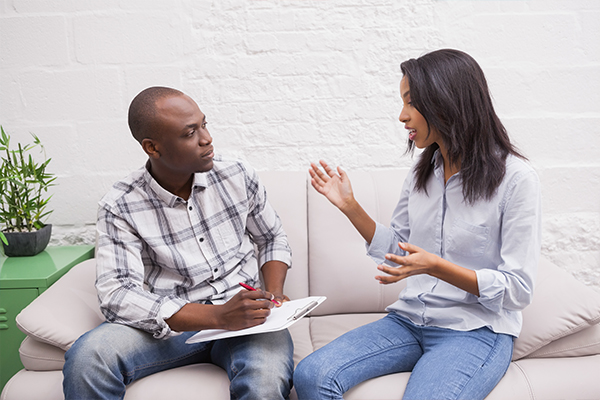
Sadly, there is no “magic pill” to cure anxiety, although some medical treatments are available. It is vital to consult a psychiatrist if you are looking into these treatments to address anxiety and panic.
Most often, doctors will prescribe antidepressants and sometimes anti-anxiety medicine, although the latter can often be misused and may lead to addiction or overdose.
If used correctly and under your doctor’s supervision, for a short period, and in conjunction with mental health treatment, medication can be helpful in managing and learning to deal with extreme anxiety and panic.
However, it is important to know that the body itself is an amazing instrument. If you learn more natural ways of dealing with stress, anxiety, and panic, you can decrease any long-term mental and physical damage and find easy and effective ways to mitigate and reduce your stressful reactions to life’s woes, without the side effects of medication.
Final Word
Some of my clients have come to me with some of the most extreme forms of anxiety and panic. After learning these helpful and necessary skills, they have gone on to lead happy, productive, and healthy lifestyles without the need to supplement with medication. I know you can, too.
Remember to try some of these techniques at home and to reach out to mental and medical health professionals for help. You, too, can be in control of your anxiety and panic. And there is no better time than right now to do so.
- Was this article helpful?
- YES, THANKS!NOT REALLY


